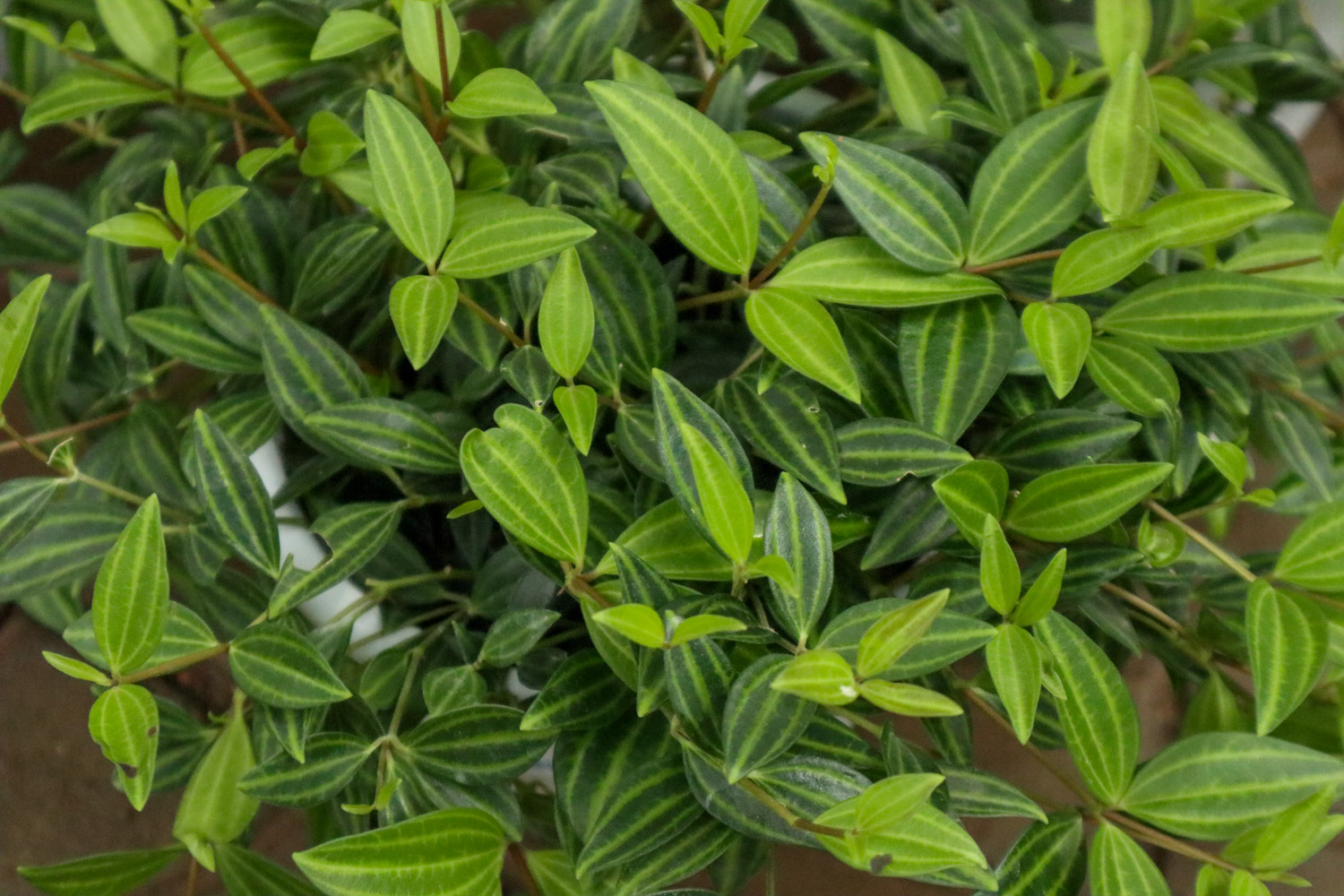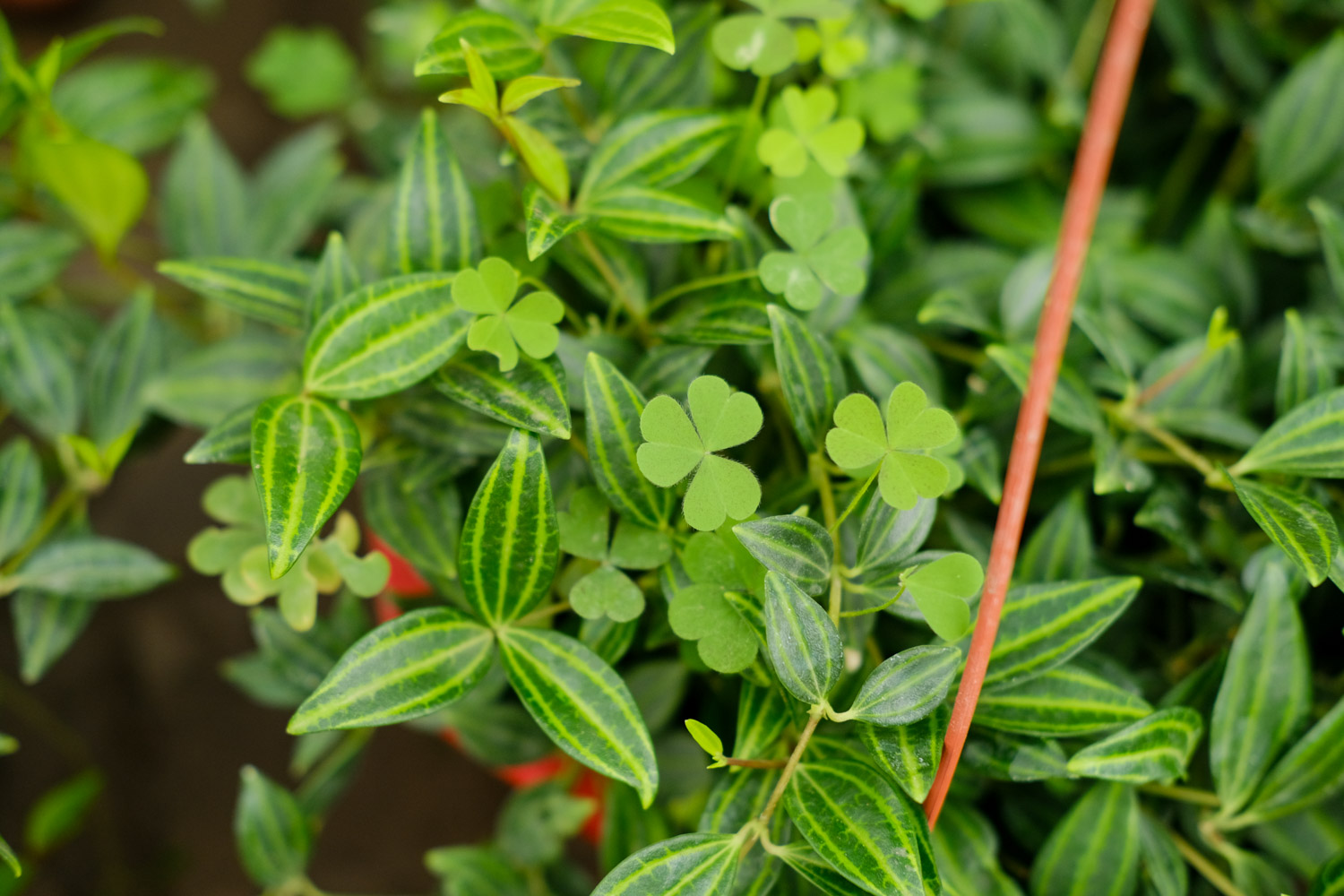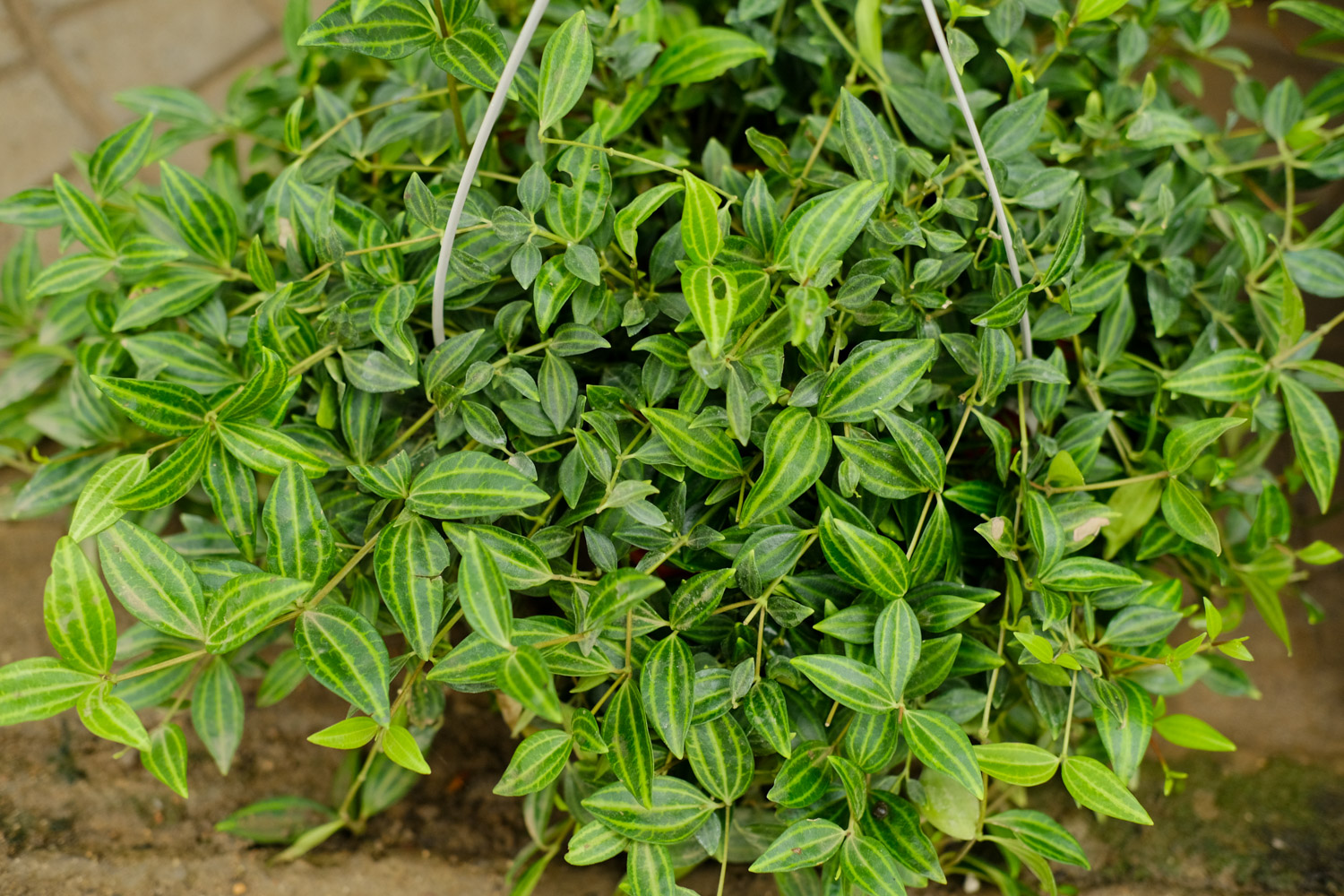1、 Breeding method
1. Soil: white vein pepper grass likes loose and fertile soil. If the soil is too sticky and has poor drainage capacity, it is easy to affect the respiration and growth of roots. It is usually necessary to use rotten leaf soil with coarse sand to prepare basin soil, or peat soil with perlite. In either way, a small amount of horse manure should be added as base fertilizer to provide nutrients for plant development

2. Light: white vein pepper grass is suitable for growing in a semi shade environment. It needs a certain amount of scattered light, but it cannot be exposed to the sun, otherwise it will burn its leaves and affect the development of the plant. It is usually placed in a bright place indoors. It can be properly shaded in summer and exposed to light for a long time in winter, which is also very helpful to improve the ambient temperature
3. Watering: white vein capsicum often grows better in wet places and has certain drought resistance. Therefore, watering should be frequent, but not much. Keep the basin soil moist without ponding. If more water is poured, it is easy to cause root rot. it is necessary to drain the excess water, loosen the soil properly and do a good job of ventilation

4. Fertilization: white vein capsicum needs a certain amount of fertilizer during the growth period. Fertilizer is usually applied every two to three weeks. Thin liquid fertilizer or compound fertilizer is mostly used for fertilizer. The content of nitrogen fertilizer should not be too much, otherwise the veins on its leaf surface will subside and its ornamental ability will be reduced. Fertilizer should be stopped in time in winter. If the temperature is appropriate, topdressing can be appropriate
2、 Precautions

In the process of cultivating white vein pepper grass, we must pay attention to pruning, cut off the withered and yellow leaves, and repair the transverse branches to make it look more beautiful. In addition, it can also pick the heart appropriately to promote the formation of branches

 jackfruit
jackfruit snake plant
snake plant hibiscus
hibiscus hydrangea
hydrangea lavender
lavender Green roses climb al...
Green roses climb al... If you don't pay att...
If you don't pay att... Management of four g...
Management of four g...

































